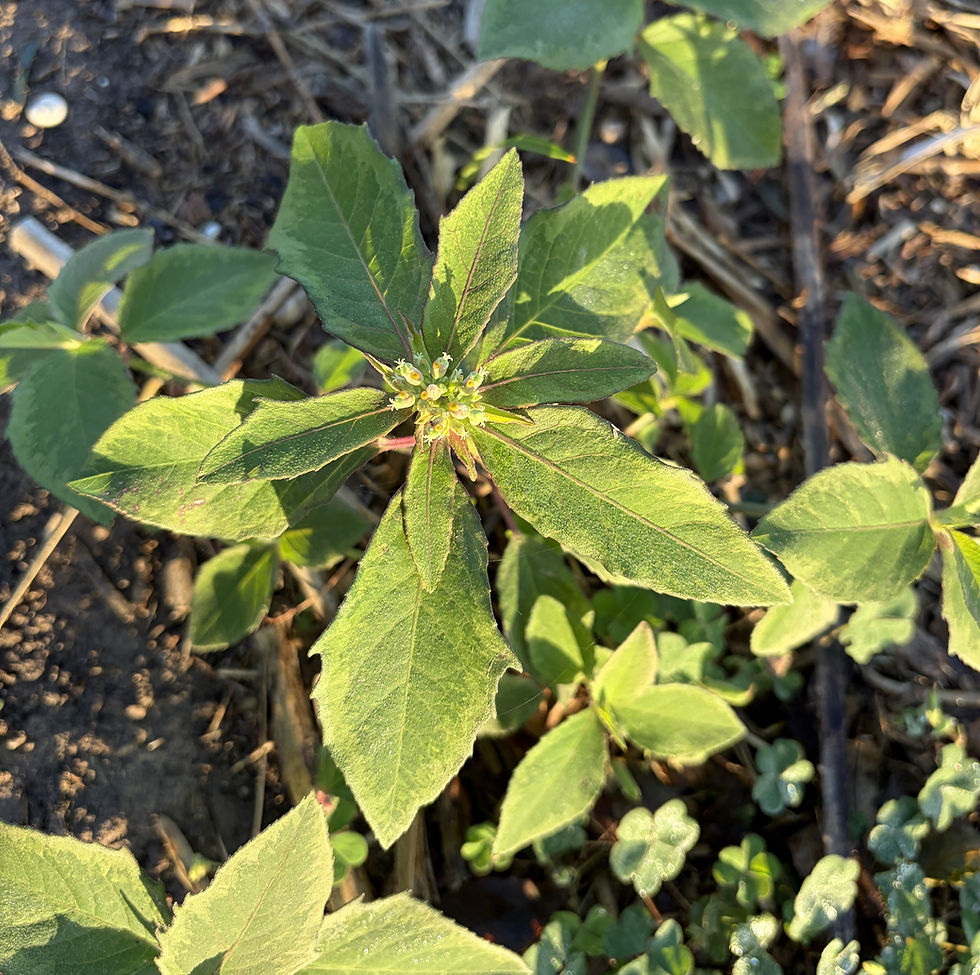Dust off your cameras; charge up your smartphones
- jjvanm
- Apr 15, 2023
- 4 min read
Annual City Nature Challenge is April 28 to May 1
Published in the McAllen Monitor, April 15, 2023
Story and photos by Anita Westervelt, Texas Master Naturalist

The Lower Rio Grande Valley is a widespread and diverse territory. From the far reaches of upper northwest Starr County to Boca Chica Beach at the furthest southeast corner of the four-counties, it’s ours to be photographed during the annual City Nature Challenge bioblitz.
The challenge takes place April 28 through May 1. It is a citizen science project that encourages local participation. Residents, Winter Texans, students and visitors in Cameron, Hidalgo, Starr and Willacy counties are invited to photograph all aspects of wildlife and the native habitat. Photos are uploaded to a repository using prompts with the iNaturalist smartphone app, or via a computer link at www.iNaturalist.org. Both applications identify the uploaded subject; expertise in identifying species is not required.

The smartphone app and computer link are free; creating an account, also free, is necessary to use the programs.
Two free, open training sessions are scheduled in the Lower Rio Grande Valley for those interested in learning how to make and upload observations. It is helpful to download the phone app prior to attending a training but not required as long as the phone’s app store can be accessed with a password or other form of access.
The training sessions are as follows:
April 20, from 5:30 to 7 p.m., at the South Texas Ecotourism Center, 501 W. State Highway 100, Laguna Vista, Texas; they can be reached at 956-772-0210.
April 22, at 1 p.m., at Estero Llano Grande State Park, 3301 S. International Blvd., FM 1015, in Weslaco, Texas, phone number is 956-565-3919.
Alternately, the programs are user friendly and easily accessible without classroom instruction.
Texas Parks and Wildlife Department, TPWD Nature Trackers, the Nature Conservancy, Rio Grande Valley World Birding Centers, Audubon Society and Texas Master Naturalists are among local groups supporting the challenge and encouraging local participation.
Observations to photograph and upload include anything that shows evidence of life, including skeletons, bones, feathers, fur, scat, animal tracks, snake skins, carcasses, roadkill as well as plants, trees, shrubs, animals, insects and birds. Fungi, mold, sea, beach and dune life, sea beans, shells, barnacles, seaweed and driftwood are valid observations. And, of course, insects, spiders, flies, bees, wasps, moths, butterflies, snakes and any other live critters managed to be captured in a photo.

Many participants begin by documenting what they find in their own yard and neighborhood and then by visiting a nature park, the beach and other public areas, or private lands, with owner permission.

The City Nature Challenge was initiated in 2016 by the Natural History Museum of Los Angeles County and the California Academy of Sciences as a friendly competition between California cities. It has expanded to an international event for people across the globe to find and document wildlife where they live. The iNaturalist is the joint initiative of the California Academy of Sciences and the National Geographic Society. It is a scientific data repository that can help scientists find and use data. As a citizen scientist project, every observation can contribute to biodiversity science.
- 30 -
Sidebar
City Nature Challenge ideas for taking good photographs
By Anita Westervelt, Texas Master Naturalist
Clear photographs are necessary for accurate species identification during the City Nature Challenge and can easily be taken with a phone camera and uploaded to the iNaturalist mobile app or website, www.iNaturalist.org .
Plants, trees and shrubs do not have to be blooming. If they are, try to capture some of the leaves in the same frame as the bloom. A single bloom or group of blooms may elicit an identification but consider including a photo of the entire plant, shrub or tree to show growth form; alternately, combine details as possible of foliage, stem, fruits, seedpods, thorns or other features to help identify a species from a photo. Two to three photos are ideal, according to iNaturalist website. Upload the group of photos as one entry.
Some flowers are especially interesting because they attract insects; insects are an important part of the natural habitat and well-worth including. Find a freely blooming sunflower to photograph and then linger a while, standing very still, camera at the ready – something will soon come along to draw nectar or pollen from the disk or rays. Flat, open flowers like common sunflower, Helianthus annuus, and cow pen daisy, Verbesina encelioides, invite a wide variety of insects; beetles, bees, flies, butterflies, moths, katydids and maybe a ghost spider will appear for a photo session.
Texas thistle, Cirsium texanum; prickly poppies, Argemone genus, various species; and South Texas sand scorpionweed, Phacelia patuliflora, are exciting to bees and bugs. Don’t be afraid to sneak up on a plant to find colorful critters rolling around in the pollen.

When photographing butterflies drawing nectar on a bloom, approach slowly from behind. Butterflies detect movement from the side and when a shadow falls over them. If it flutters off, stay still, it may return to the same or a nearby flower.
A six-inch ruler helps show scale when photographing stationary examples, like scat, bird or animal tracks, seedpods and beach finds. Shade objects from harsh sunlight with a hat or your body to show better detail. In addition, a camera phone may have a minimum lens-to-object focal distance at about six inches where sharp focus is retained. Learn the phone’s editing features for cropping and exposure changes to enhance a photo’s detail.

For more pointers and information, check out South Texas Border Chapter Texas Master Naturalist Joseph Connors’ strategies for the challenge at: https://www.stbctmn.org/post/city-nature-challenge-strategy
- 30 -





